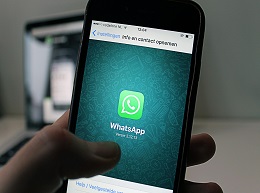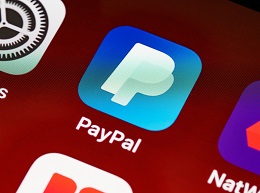story of twitter

Explore the captivating journey of Twitter—a platform that condensed conversations into 140 characters and became a global force in social media. Uncover the vision, challenges, and defining moments that shaped this microblogging phenomenon.
Inception: The Birth of Microblogging
In 2006, Jack Dorsey, Biz Stone, and Evan Williams set out to create a platform that would revolutionize online communication. Their brainchild, Twitter, emerged from a brainstorming session at Odeo, a podcasting company. Jack Dorsey's vision of a platform that allows users to share their status updates in 140 characters or less laid the foundation for what would become a global phenomenon.
Founders' Bio: Architects of 140 Characters
Jack Dorsey: The Architect
Jack Dorsey, with a background in programming and a fascination with real-time communication, served as the visionary architect of Twitter. His concept of status updates, or "tweets," shaped the platform's unique identity.
Biz Stone: The Creative Mind
Biz Stone, a creative force, focused on the user experience and the community aspect of Twitter. His efforts to foster engagement and interaction played a crucial role in the platform's early growth.
Evan Williams: The Serial Entrepreneur
Evan Williams, a serial entrepreneur with a history in web development, provided the financial backing and strategic insight that propelled Twitter from concept to reality.
Challenges in the Early Days: Breaking through the Noise
Conceptual Skepticism
In its infancy, Twitter faced skepticism about its simplicity. Critics questioned the value of condensing messages into 140 characters, but the founders stood firm in their belief that brevity fosters creativity and real-time conversation.
Technical Scaling
As the user base grew, Twitter encountered technical challenges. The platform struggled to handle the surge in tweets, leading to frequent downtimes. Overcoming these scaling issues became a priority for the team.
Monetization Struggles
Determining a sustainable business model proved challenging. Twitter experimented with various advertising and promotional strategies to monetize its platform without compromising the user experience.
Evolution: From Microblogging to Global Influence
Real-Time Information Sharing
Twitter quickly became the go-to platform for real-time information sharing. From breaking news to live events, Twitter provided a unique and immediate window into global conversations.
Hashtags and Trends
The introduction of hashtags and trending topics further amplified Twitter's impact. Users could participate in and follow conversations on a wide array of topics, turning hashtags into cultural phenomena.
Celebrity and Political Influence
Celebrities, politicians, and thought leaders embraced Twitter, using the platform to connect directly with their audiences. Twitter became a powerful tool for shaping public opinion and influencing discourse.
Key Milestones: Shaping the Twitter Landscape
Twitter IPO
In 2013, Twitter went public with its initial public offering (IPO), signaling its status as a major player in the tech industry. The IPO marked a significant milestone in Twitter's journey from a startup to a publicly traded company.
Periscope Acquisition
Twitter's acquisition of Periscope in 2015 solidified its commitment to live-streaming. The integration of Periscope allowed users to broadcast and watch live videos directly within the Twitter platform.
Character Limit Expansion
In 2017, Twitter doubled its character limit from 140 to 280, allowing users more space for expression. This change reflected Twitter's adaptability and responsiveness to user feedback.
Legacy and Impact: Redefining Communication
From its humble beginnings to becoming a global communication juggernaut, Twitter's legacy is etched in its ability to distill complex conversations into bite-sized snippets. The platform's influence spans cultural movements, political revolutions, and everyday interactions, making it an integral part of the social media landscape.
As we traverse the Twitter Revolution, we witness the founders' vision come to life and the platform's transformative impact on how we communicate, share, and engage with the world in 140 characters or less.






